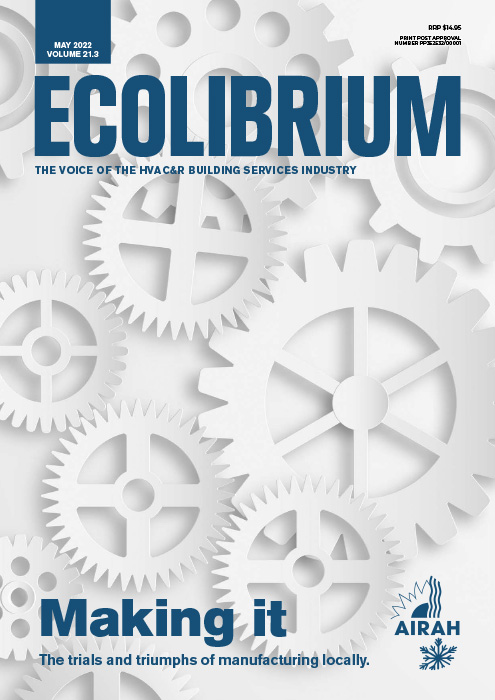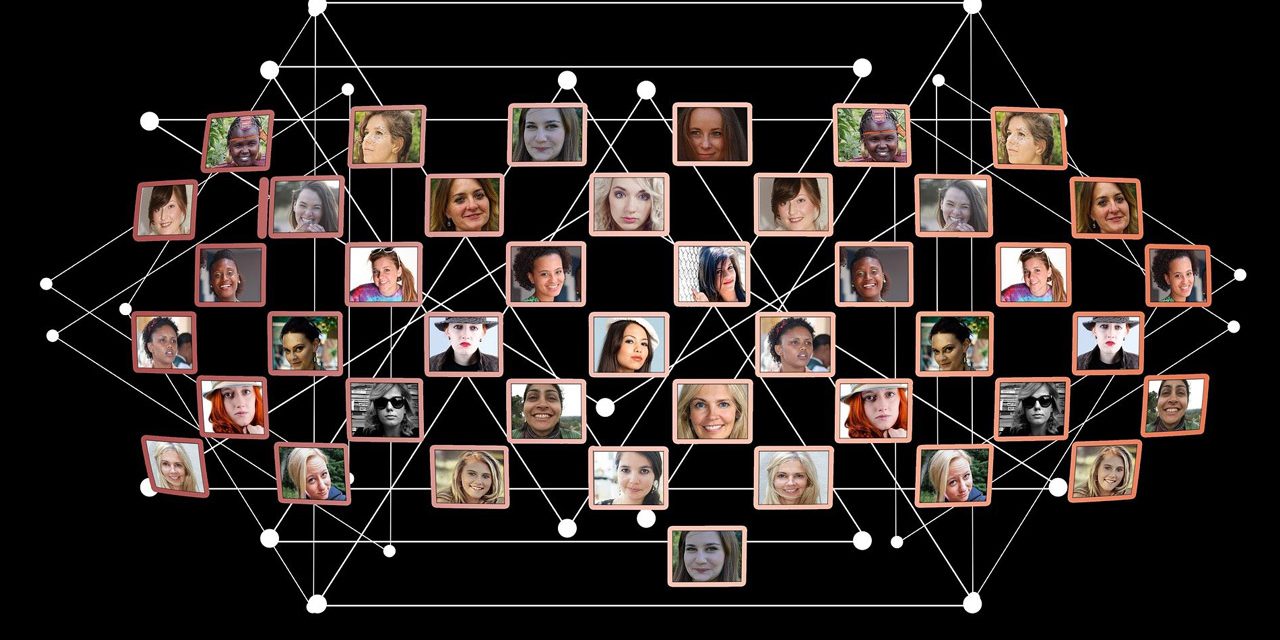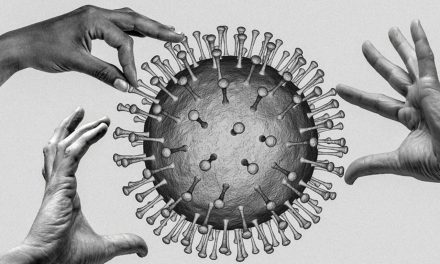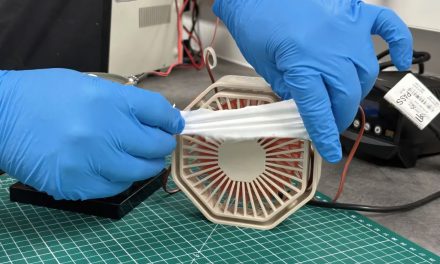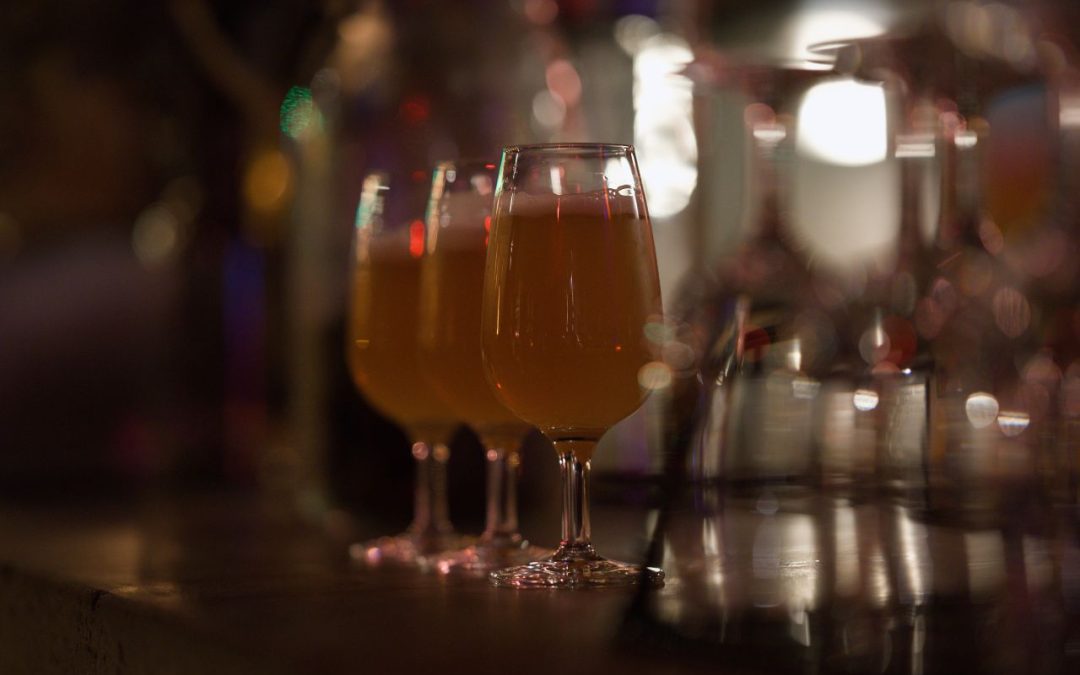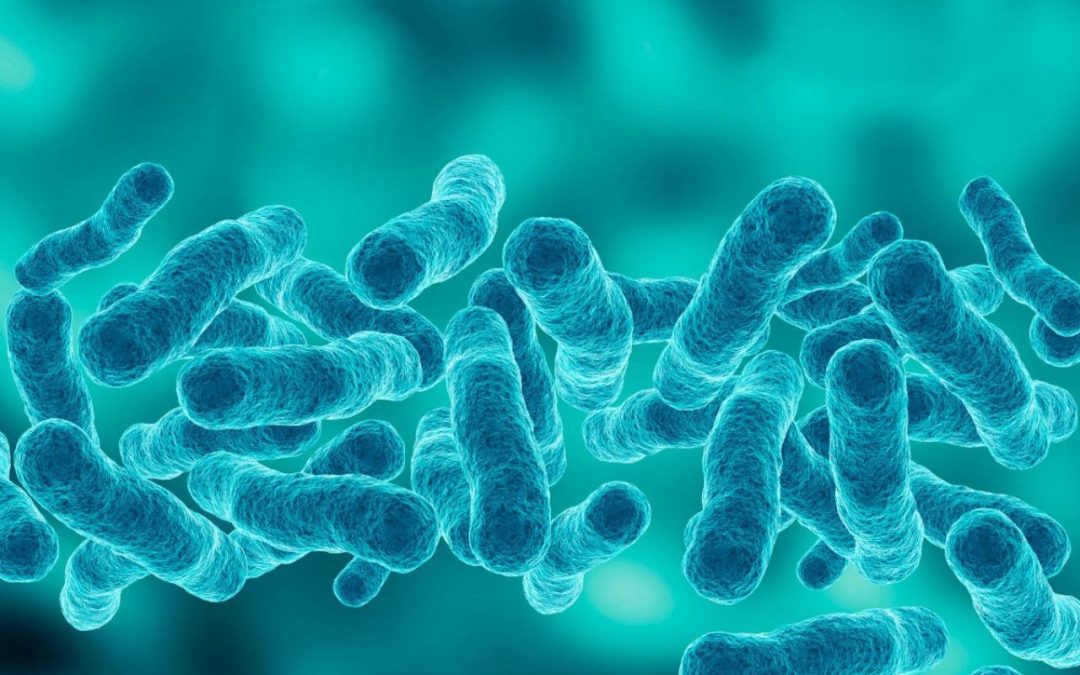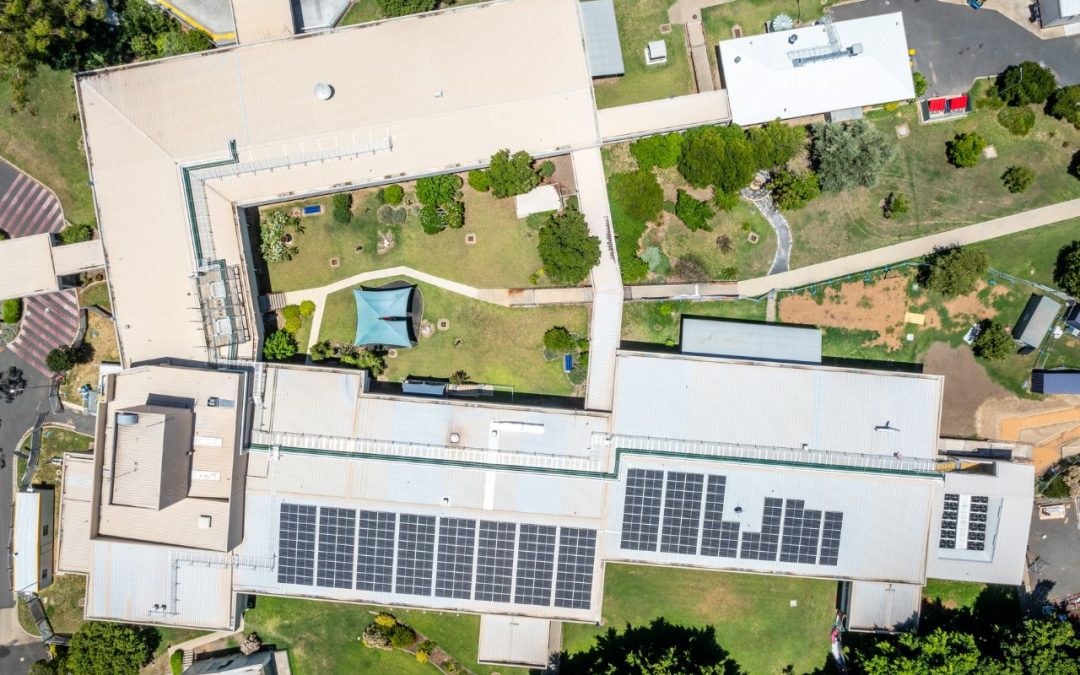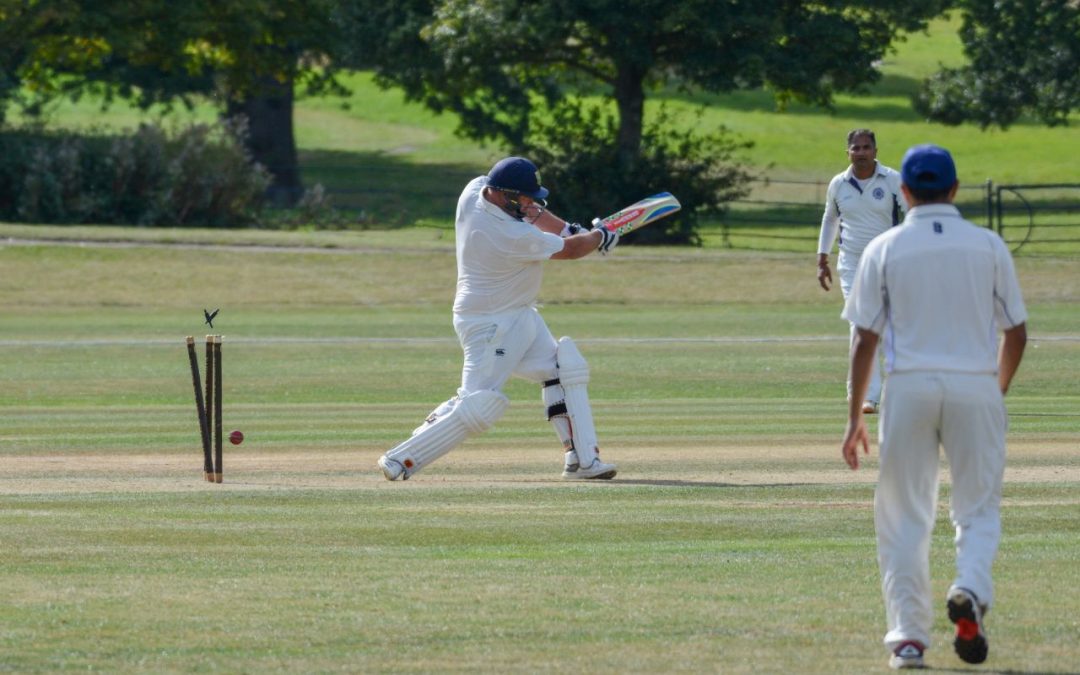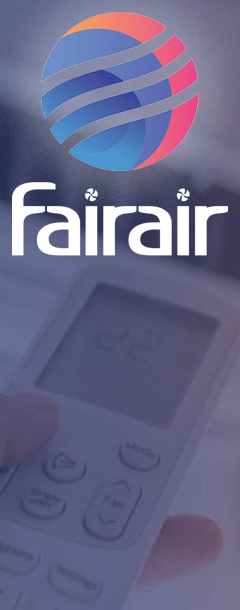The International Network for Women in Cooling has been launched to advance the engagement of women, promote career opportunities, and increase female participation in the HVAC&R sector.
By Mark Vender
HVAC&R is a vital, dynamic, and rapidly growing field that represents a significant source of high-quality employment worldwide. However, it has the potential to contribute even more by increasing the number of women in its ranks at all levels and types of jobs, which include diverse professions ranging from CEOs to professors, from engineers to servicing technicians, just to name a few.
This is the goal of a group of international organisations that have launched the International Network for Women in Cooling (INWIC). The initiative is led by the World Refrigeration Day (WRD) Secretariat and the United Nations Environment Programme (UNEP) OzonAction in cooperation with founding partners from around the globe including AIRAH (Australia), AREA (Europe), ASHRAE (global), CAR (China), FAIAR (Latin America), IIR (Global), IOR (UK), ISHRAE (India), JSRAE (Japan), U-3ARC (Africa), and Women in HVAC&R (North America).
“If they are to meet their compliance obligations, countries need a strong, vibrant, and inclusive cooling sector”
Meaningful and impactful
INWIC notes that although making up half of the world’s population, women are significantly and visibly under-represented in the HVAC&R sector in all roles. And although there are many initiatives and structures promoting women’s engagement in HVAC&R, more cooperation is needed globally to make these individual efforts more meaningful and impactful, especially in developing countries.
According to INWIC, there are more than 300 national, regional, and international associations, organisations, and institutions in the HVAC&R sector. But less than 5 per cent of these have sections specifically for women. Corresponding data indicates that where these women’s sections do exist, there is a greater number of women who are actively involved in the committees and structures of these bodies, which in turn increases the opportunities to raise the visibility of women in the sector.
This is borne out in Australia, where the Women of AIRAH group has been running since 2016. AIRAH now has gender equity on its board.
Head of WRD Secretariat Stephen Gill says one of the drivers for the initiative is the idea that you cannot be what you cannot see.
“There are not enough visible ‘women in cooling’ role models,” says Gill. “We want to change that.
“We will create a resource for girls and young women to see bite-size videos and read real-life stories from a diverse range of women in different roles within the cooling sector. This will also serve to connect and inspire women currently working in the cooling sector.”
Affirmative action
INWIC will offer opportunities to individual women, especially from developing countries, to access experiences and career development opportunities in the field. The program will also act as a platform to promote environmental stewardship as part of the cooling profession. This includes, among other issues, management of refrigerants such as HFCs, HCFCs, hydrocarbons and new alternatives.
“The cooling sector is critical for achieving environmental objectives, including the continued success of the Montreal Protocol and for addressing climate change,” says head of UNEP OzonAction James Curlin.
“If they are to meet their compliance obligations, countries need a strong, vibrant, and inclusive cooling sector. Women represent a tremendous, largely untapped source of innovation and skills for this sector, and they need to be actively engaged if we are to solve the great environmental challenges of our time. INWIC seeks to do just that.”
In the coming months, INWIC’s founding partners plan to introduce programs to directly support women to further engage and find opportunities that can support the advancement of their careers, the attraction to cooling education disciplines, and active engagement with the cooling community.
Like to know more?
To find out more about INWIC and how you can participate through the Women of AIRAH Special Technical Group, go to airah.org.au/woa
